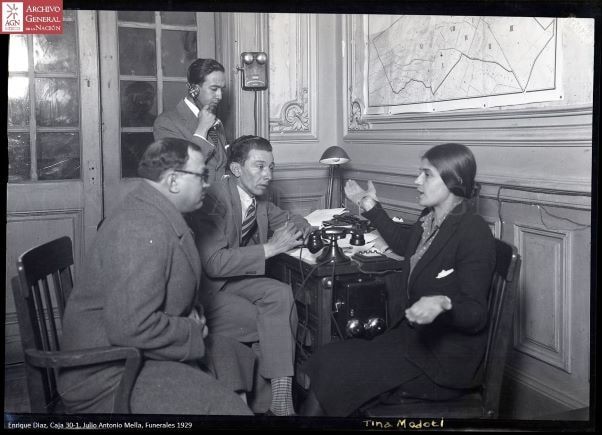The scandalous investigation that sought to imprison Tina Modotti
Even though the investigation indicated that it was a political assassination perpetrated by the Cuban government of Gerardo Machado, the Mexican authorities who carried out the investigation sought to classify it as a "crime of passion" and to frame Tina Modotti for the crime of cover-up.





